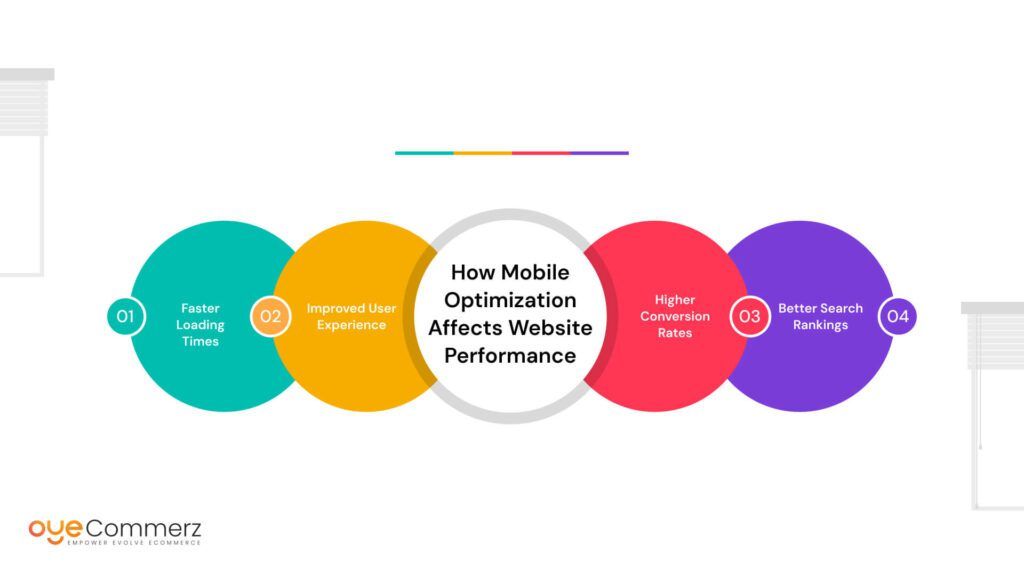In today's online landscape, selecting the appropriate e-commerce platform is essential for business growth. If you're presently using Wix but thinking about a move to Shopify, you're not alone. Numerous businesses are transitioning to Shopify to take advantage of its powerful features, expandability, and dedicated e-commerce solutions. This guide will outline the migration process, guaranteeing a seamless move and setting you up for e-commerce achievement.
Why Switch from Wix to Shopify?
Before diving into the transition process, it's essential to recognize why Shopify might be a superior fit for your e-commerce needs:
- Specialization: Unlike Wix, which serves various use cases, Shopify is designed specifically for e-commerce, offering advanced features and features optimized for digital commerce.
- Scalability: As your company grows, Shopify can easily handle increased visitor volumes and transactions volume without sacrificing performance.
- Extensive App Library: Shopify provides a large library of apps that can boost your store's functionality, from advertising solutions to inventory management options.
- SEO Capabilities: Shopify offers superior SEO options, which can assist in boosting your store’s presence on search engines.
- Transaction Methods: With multiple payment gateways supported, including Shopify Payments, you can provide customers a wide range of options.
Preparing for Migration
To guarantee a trouble-free transition from Wix to Shopify, follow these preparation steps:
1. Backup Your Data
Download all your information from Wix, including product details, customer information, and transaction logs. This process is crucial as it ensures you have a backup of all data before initiating the migration.
2. Choose Your Shopify Plan
Assess the various Shopify plans available and select one that aligns with your business needs. Consider factors such as costs, built-in tools, and scalability options.
3. Create Your Shopify Profile
Register your Shopify profile and familiarize yourself with the platform’s dashboard and features.
The Transition Process
Now that you are ready, it’s time to transfer your store from Wix to Shopify. Here’s how:
1. Import Products
Use Shopify's built-in migration utility or external tools like Cart2Cart or LitExtension to transfer your products from Wix to Shopify.
Ensure that product descriptions, images, costs, and options are correctly transferred.
2. Transfer Customer Data
Import customer information such as names and email addresses into your new Shopify store. This process is critical for retaining client connections and advertising strategies.
3. Set Up Payment Gateways
Configure payment gateways in your Shopify store to ensure smooth transactions. You can choose from various options like credit cards, PayPal, and others.
4. Customize Your Store Design
Choose a theme that aligns with your brand identity. Customize it using Shopify's design tools to create an attractive and user-friendly shopping experience.
5. Search Engine Optimization
Apply SEO strategies during the migration process:
- Set up 301 redirects from old Wix URLs to new Shopify URLs.
- Optimize product titles, descriptions, and images with Shopify Payments relevant keywords.
- Update meta tags and alt texts for better search engine visibility.
Post-Migration Steps
Once your store is live on Shopify, consider these follow-up steps:
1. Check Your Website
Perform comprehensive testing of your new store:
- Verify item listings for correctness.
- Test payment processes.
- Ensure all links work correctly.
2. Launch Marketing Campaigns
Announce your new store launch through newsletters and social platforms.
Think about offering special offers or discounts to attract customers.
3. Monitor Performance
Leverage analytics tools within Shopify to monitor revenue growth and user activity.
Adjust your strategies based on data insights.
Conclusion
Migrating from Wix to Shopify can significantly improve your e-commerce potential and lay the foundation for growth Shopify dashboard features and success. By following this guide and taking a step-by-step approach to the migration process, you can guarantee a seamless move that reduces downtime and boosts opportunities for sales. Embrace the change and watch your online store thrive on its new platform!
